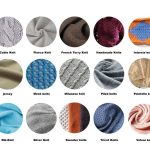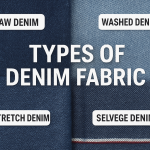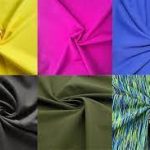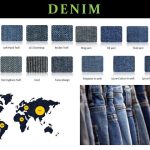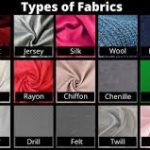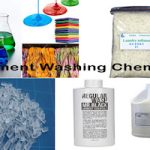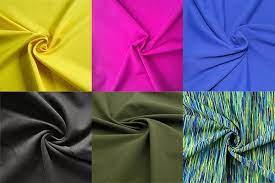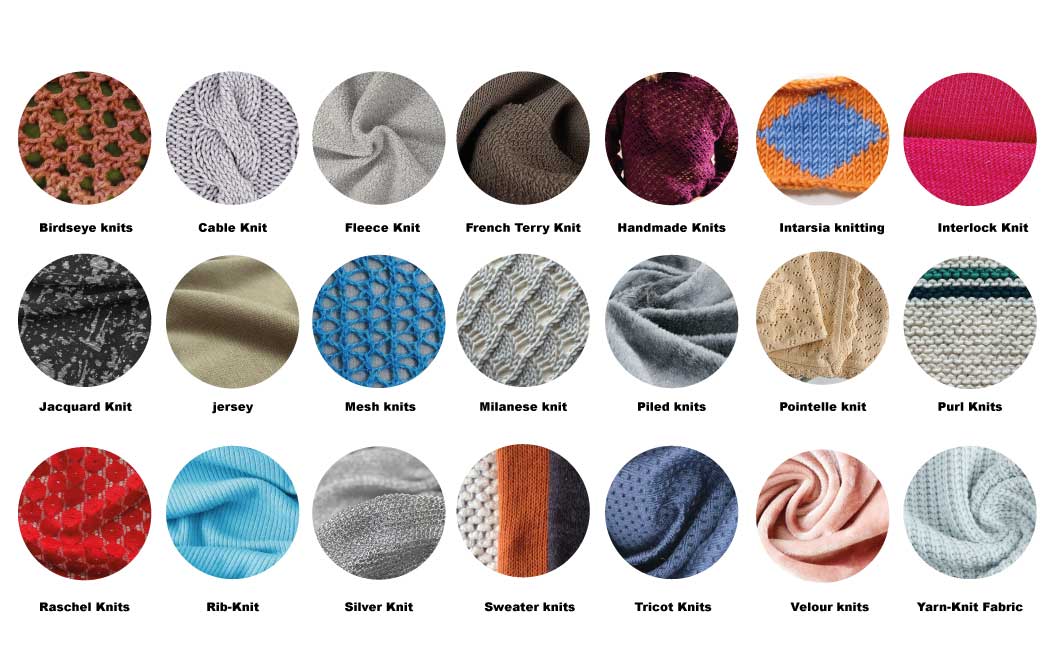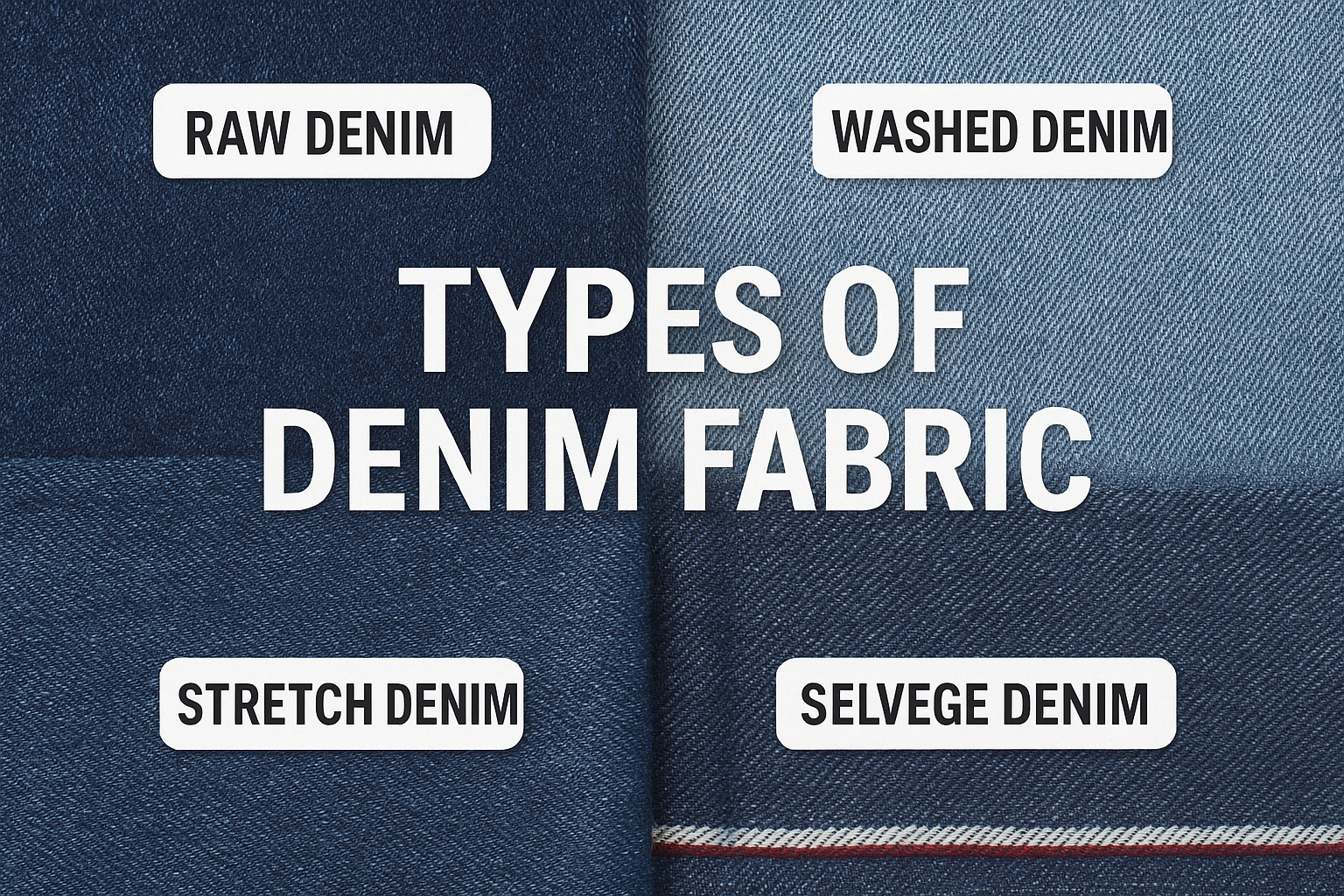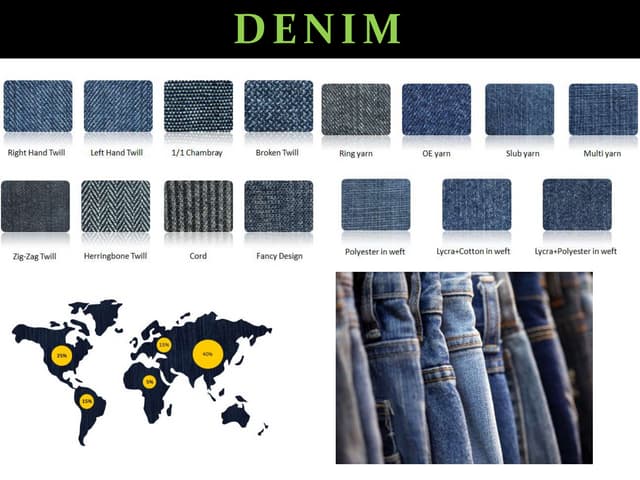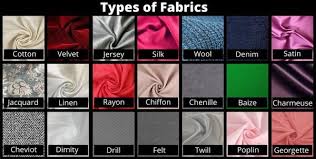1. Introduction to Recycled Polyester
Polyester is a synthetic polymer derived primarily from petrochemicals. Recycled polyester, on the other hand, is produced by reprocessing post-consumer plastic waste such as PET bottles or pre-consumer polyester scraps. This approach reduces dependency on virgin petroleum-based resources, contributing to environmental sustainability.
Key Benefits of Recycled Polyester:
- Reduces plastic waste in landfills and oceans.
- Consumes less energy compared to virgin polyester production.
- Maintains performance comparable to conventional polyester.
- Compatible with advanced textile finishes and blends.
2. Production Process of Recycled Polyester
The process involves several stages:
2.1 Collection and Sorting
- Collection of post-consumer PET bottles or pre-consumer polyester scraps.
- Sorting based on color and polymer type to ensure consistency.
2.2 Cleaning and Shredding
- Bottles are cleaned to remove labels, caps, and contaminants.
- Shredded into small flakes.
2.3 Melting and Re-Spinning
- Flakes are melted and extruded into fibers.
- Can be spun into staple fibers or filament yarns.
2.4 Fiber Finishing
- Fibers may undergo texturizing, crimping, or blending.
- Ready for fabric formation.
3. Properties of Recycled Polyester
3.1 Physical Properties
- High tensile strength
- Excellent durability and abrasion resistance
- Lightweight and flexible
3.2 Chemical Properties
- Resistant to most chemicals and solvents
- Low moisture absorbency
3.3 Thermal Properties
- Melting point around 260°C
- Dimensionally stable under heat
3.4 Environmental Properties
- Recyclable at the end of life
- Reduced carbon footprint compared to virgin polyester
4. Suitability in Sportswear
Recycled polyester is highly suitable for sportswear due to its functional and comfort properties.
4.1 Moisture Management
- wicks sweat away from the skin
- Quick-drying, keeping athletes comfortable
4.2 Durability and Abrasion Resistance
- Maintains performance after repeated washing and mechanical stress
- Suitable for high-intensity activities
4.3 Lightweight Comfort
- Low fabric weight allows freedom of movement
- Reduces energy expenditure for athletes
4.4 Stretch and Recovery
- Can be blended with elastane or spandex for better stretch
- Maintains shape retention in fitted garments
4.5 Thermal Regulation
- Can be engineered for insulation or cooling fabrics
- Compatible with mesh structures for breathability
4.6 Odor Control and Antimicrobial Finishes
- Can be treated with silver-based or other antimicrobial finishes
- Reduces bacterial growth and odor during intense activity
5. Recycled Polyester in Apparel Applications
5.1 Activewear
- T-shirts, leggings, shorts, and sports bras
- Offers moisture management, comfort, and durability
5.2 Outerwear
- Lightweight jackets, windbreakers, and raincoats
- Offers wind resistance and water repellency when treated
5.3 Footwear and Accessories
- Polyester fabrics used in linings, insoles, and bags
- Durable and easy to clean
5.4 Casual Wear
- Everyday clothing like jeans, shirts, and dresses
- Sustainable alternative to virgin polyester without compromising quality
5.5 Performance Uniforms
- Team jerseys, cycling kits, and gym wear
- Maintains colorfastness and shape after repeated washing
6. Blends and Functional Enhancements
6.1 Polyester-Elastane Blends
- Offers stretch and recovery
- Maintains durability and shape
6.2 Polyester-Cotton Blends
- Combines comfort and breathability of cotton with durability of polyester
- Suitable for casual and semi-formal sports-inspired wear
6.3 Technical Finishes
- Water-repellent coatings
- UV protection treatments
- Anti-odor and antimicrobial finishes
7. Environmental Impact and Sustainability
7.1 Reduced Energy Consumption
- rPET uses significantly less energy compared to virgin polyester production
7.2 Waste Reduction
- Recycles post-consumer plastic waste
- Helps in reducing landfill and ocean pollution
7.3 Carbon Footprint Reduction
- Lower greenhouse gas emissions compared to virgin polyester
7.4 Circular Economy Potential
- rPET fabrics can be recycled again at the end of their lifecycle
- Promotes sustainable textile production and consumption
8. Market Trends and Consumer Demand
8.1 Growing Awareness
- Consumers increasingly prefer sustainable apparel
- Brands promoting recycled polyester gain a competitive edge
8.2 Industry Adoption
- Sportswear giants like Adidas, Nike, and Patagonia utilize rPET
- Encourages adoption of eco-friendly production processes across the industry
8.3 Pricing and Availability
- Slightly higher production cost than virgin polyester
- Economies of scale improving affordability
9. Challenges in Using Recycled Polyester
- Fiber Quality Variability: Inconsistent quality from recycled sources
- Microplastics: Shedding during washing requires attention
- Color Limitations: Difficult to achieve certain dye colors without additives
- Consumer Perception: Need for education on recycled fiber performance
10. Future Prospects
- Advanced recycling technologies improving fiber quality
- Integration with bio-based polymers for hybrid sustainable fabrics
- Increased regulatory support for recycled textiles
- Growing consumer awareness will boost demand in both sportswear and casual wear markets
11. Conclusion
Recycled polyester has proven to be highly suitable for sportswear and other apparel applications due to its durability, lightweight comfort, moisture management, and compatibility with functional finishes. While challenges remain, advancements in recycling technology, blended fabric innovation, and growing consumer awareness continue to enhance its adoption in the global textile industry. Sustainability, combined with high performance, positions recycled polyester as a key material for the future of sportswear and active apparel.
